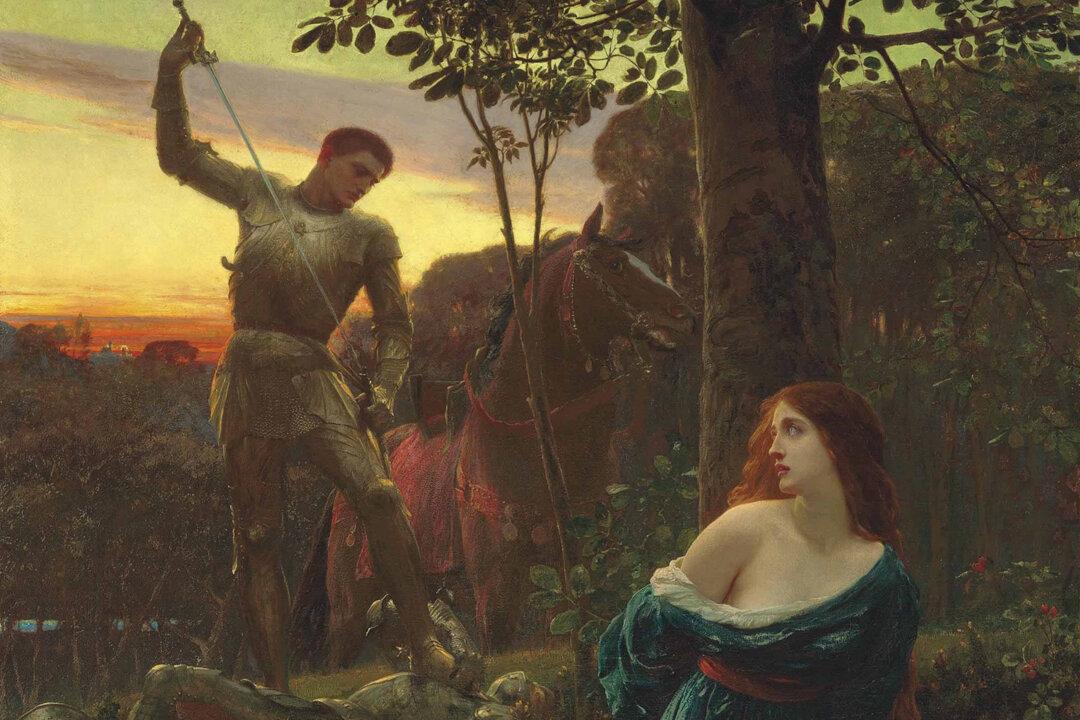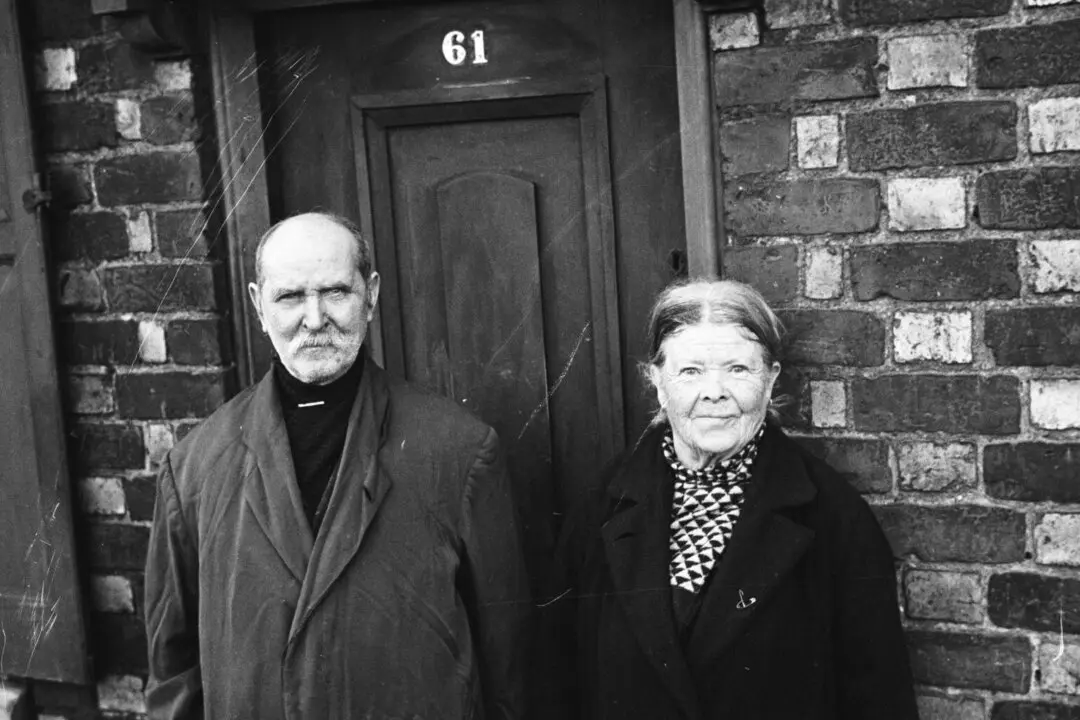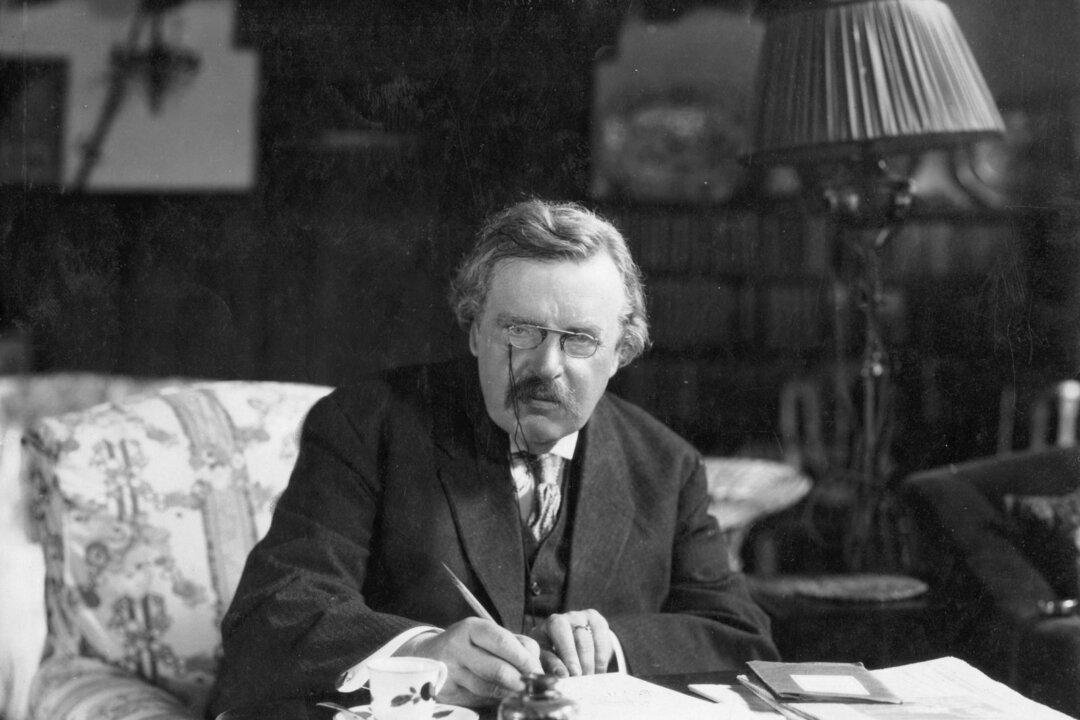A 2018 article on website “The Conversation” related that even women who described themselves as staunch feminists find chivalrous men attractive, according to studies. The current accepted psychological jargon for chivalry is “benevolent sexism,” but I prefer the traditional term.
Modern psychologists are left rubbing their chins in consternation, trying to explain the phenomenon of women finding chivalry attractive. The original inventors of the term “benevolent sexism” believed that “benevolent sexism subtly undermines gender equality” because the belief that women should be cherished and protected—and actions in accordance with that belief—portray women as incompetent and in need of help.






